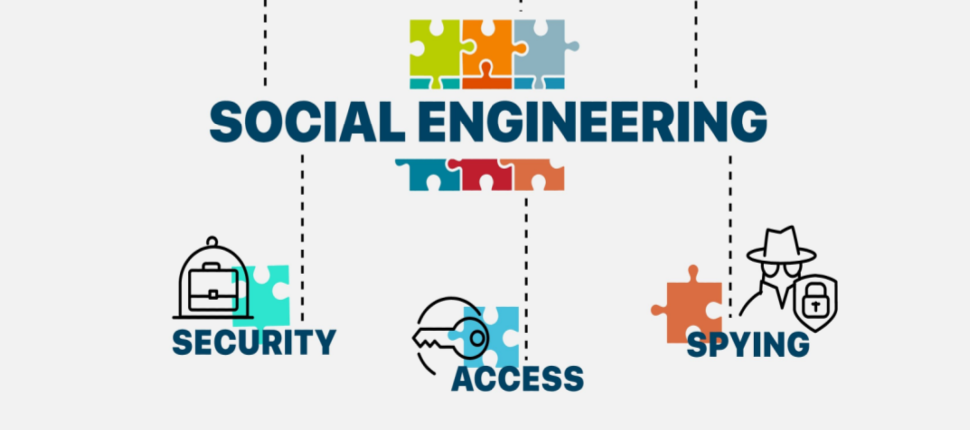
Unlocking the Power of VR/AR in Education
Virtual and augmented reality are reshaping education by making learning more immersive, interactive, and lasting. This guide provides a roadmap for seamlessly integrating these technologies into your classroom.
Step 1: Begin by clarifying what you aim to achieve with VR/AR. Consider how these technologies can amplify your lessons and align with your curriculum objectives. This will guide your VR/AR implementation strategy.
Step 2: Select the best virtual or augmented reality (VR/AR) equipment and programs for your classroom based on your needs and financial constraints. When making your decision, think about how simple they are to use, how well they work together, what kind of content they provide, and how well they are supported technically.
Step 3: Train teachers by equipping them with the knowledge and skills to harness VR/AR effectively in the classroom. Conduct workshops, and training sessions, provide online resources that guide teachers in utilizing VR/AR hardware and software, and assist them in developing VR/AR-integrated learning materials.
Step 4: To find relevant content for your VR/AR learning experience, check these resources:
Content libraries: Explore existing collections of VR/AR experiences.
Educational platforms: Find content specifically designed for learning.
App stores: Search for VR/AR apps that match your learning goals.
If you can’t find what you need, you can also consider creating your own VR/AR content. Use authoring tools or team up with content creators to bring your vision to life.
Strategies to Effectively Integrate Augmented Reality in Educational Settings
- Start with a Clear Purpose: Before implementing AR in your classroom, establish its intended purpose. This clarity will guide your selection of AR tools and materials that complement the GES blended curriculum and support your specific learning goals.
- Integrate AR into the Curriculum: Integrate augmented reality (AR) into the educational program to elevate the learning process and foster student enthusiasm.
- Choose Appropriate AR Tools: When choosing augmented reality (AR) tools, consider their appropriateness for the age of your students and the specific subject you are teaching.
- Provide Support and Training: To ensure that both teachers and students are proficient in using AR technology, provide them with the necessary training and assistance. TECHAiDE, a prominent Ghanaian NTC-accredited education technology company, delivers training and support specifically tailored for teachers and students, empowering them to use AR tools and content with confidence.
Benefits of VR and AR in Education
- Increased student engagement and motivation.
- Enhanced critical thinking and problem-solving skills.
- Improved retention of information.
- Access to real-world experiences that may not be possible in a traditional classroom.
Potential Challenges
- Technical difficulties, such as hardware issues, device malfunctioning, content glitches, and poor usability.
- Limited content capabilities to create an AR-based learning curriculum.
- Outsourcing app development requirements to a reliable AR software development partner.
NB: To enhance student learning, teachers can use VR and AR. These technologies provide interactive and immersive experiences that boost comprehension and motivation. To do this effectively, plan carefully, provide consistent support, and align with the GES curriculum and educational goals. By following these steps, teachers can integrate VR and AR into their classrooms, giving students engaging and immersive learning opportunities.








